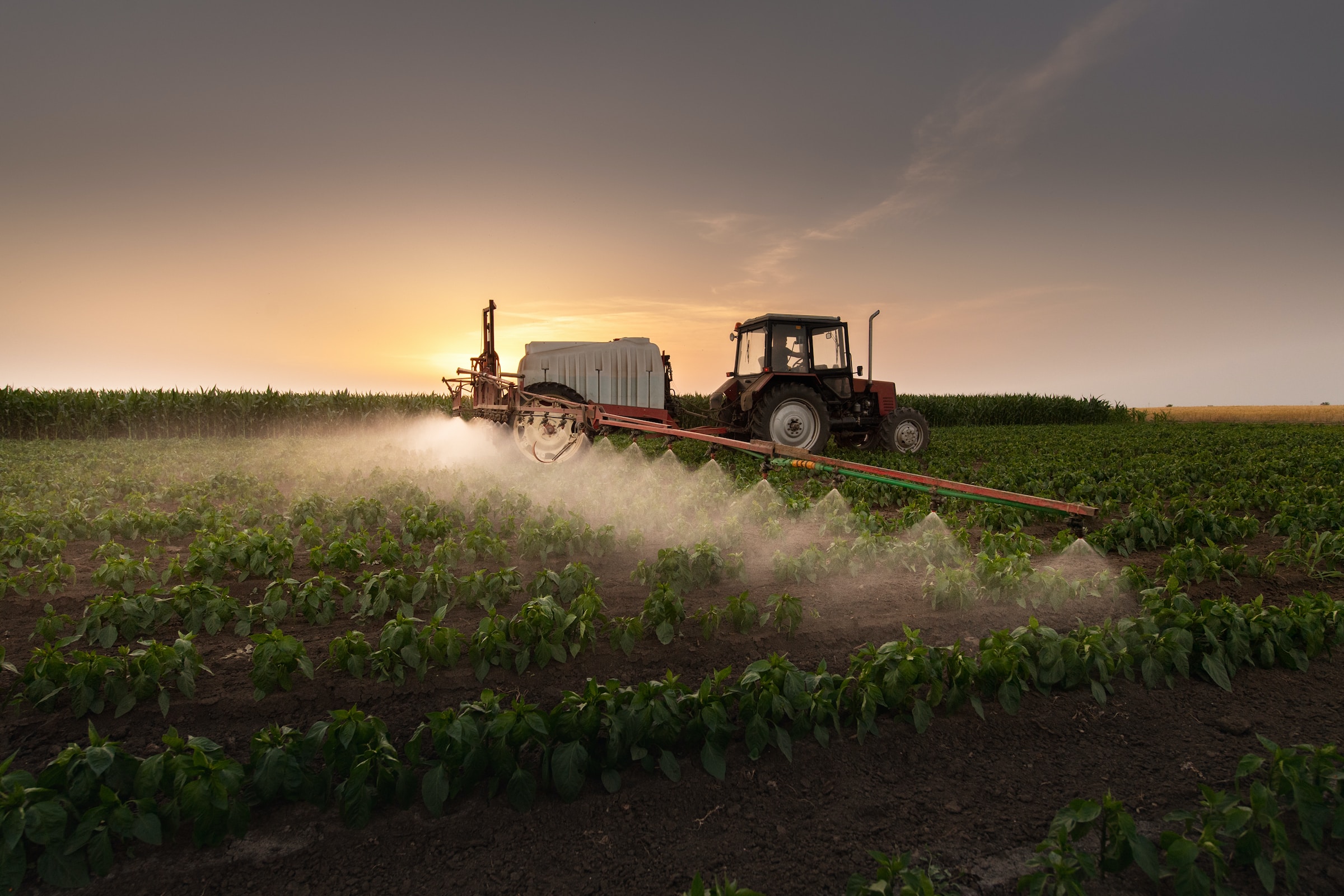Optimize Plant Development and Return With Premium Water Soluble Polymers for Farming
Costs water-soluble polymers have emerged as an encouraging device in this search, providing an array of advantages that can change the way we come close to crop farming. By dealing with vital elements such as dirt structure, water retention, and nutrient shipment, these polymers have the possible to open new levels of efficiency and return in farming manufacturing.
Benefits of Water-Soluble Polymers
Water-soluble polymers supply a range of advantages in farming applications, improving dirt structure and water retention efficiency. These polymers, when put on the dirt, can dramatically improve soil aggregation, decreasing erosion and increasing general soil health and wellness. By enhancing dirt framework, water-soluble polymers create an extra beneficial atmosphere for origin development and growth, inevitably leading to enhanced crop yields.

Better Soil Structure
Offered the demonstrated benefits of water-soluble polymers in improving soil high quality and water retention, a crucial aspect that stands out is the considerable influence these polymers have on reorganizing the soil structure. Costs water-soluble polymers play a crucial function in enhancing dirt structure by promoting soil gathering and security. By enhancing dirt structure, water-soluble polymers help avoid soil compaction, which can limit root development and water motion.
Enhanced Water Retention
Enhanced water retention can be attained with the use of premium water-soluble polymers in agricultural methods. These polymers have the distinct capability to take in and preserve huge quantities of water within the dirt account, producing a storage tank that plants can access throughout durations of water stress.
Costs water-soluble polymers work by developing a gel-like framework when blended with water, raising the dirt's water-holding ability and minimizing water loss through dissipation and runoff. This enhanced water retention not just improves plant strength to drought problems yet also minimizes the frequency of watering, bring about water preservation and cost savings for farmers.
Efficient Nutrient Shipment
With the structure of boosted water retention currently established, the emphasis that site changes in the direction of enhancing farming methods through the reliable delivery of nutrients to plants for continual development and efficiency (Agriculture). Reliable nutrient shipment is critical in making the most of plant returns and ensuring plant wellness. Water-soluble polymers play a crucial role in this procedure by promoting the controlled release of crucial nutrients to the plants' root systems
One key benefit of using costs water-soluble polymers for effective nutrient delivery is official statement their capacity to bind with nutrients, such as phosphorus, nitrogen, and potassium, preventing seeping and drainage. This ensures that the plants get a constant and regular supply of nutrients, decreasing wastage and environmental effect.
Furthermore, these polymers can improve nutrient uptake efficiency by advertising origin advancement and boosting dirt framework (Agriculture). By producing a positive atmosphere for origin growth, water-soluble polymers aid plants gain access to nutrients better, leading to healthier plants with increased resistance to stressors like drought or condition
Making The Most Of Plant Returns
These polymers play a critical role in enhancing soil structure, water retention, and nutrient absorption, eventually leading to enhanced plant growth and growth. By incorporating water-soluble polymers into their irrigation methods, farmers can make sure that plants receive a appropriate and regular water supply, also during durations of dry spell or water scarcity.
In addition, water-soluble polymers help in reducing dirt browse around this site erosion, decrease nutrient leaching, and promote origin growth, all of which add to higher plant returns. By forming a safety film around plant origins, these polymers boost nutrient uptake performance and shield plants from ecological stressors. In addition, making use of costs water-soluble polymers can improve the total wellness and strength of crops, leading to boosted returns and enhanced agricultural sustainability.
Final Thought

These polymers, when applied to the soil, can considerably improve dirt aggregation, reducing disintegration and boosting total dirt wellness.Provided the shown benefits of water-soluble polymers in boosting soil quality and water retention, an essential element that stands out is the substantial influence these polymers have on restructuring the dirt make-up. Premium water-soluble polymers play an important duty in boosting dirt framework by promoting dirt aggregation and security. By improving dirt framework, water-soluble polymers aid stop dirt compaction, which can limit origin growth and water motion. These polymers have the unique capability to absorb and maintain big amounts of water within the dirt account, creating a storage tank that plants can access throughout periods of water stress.